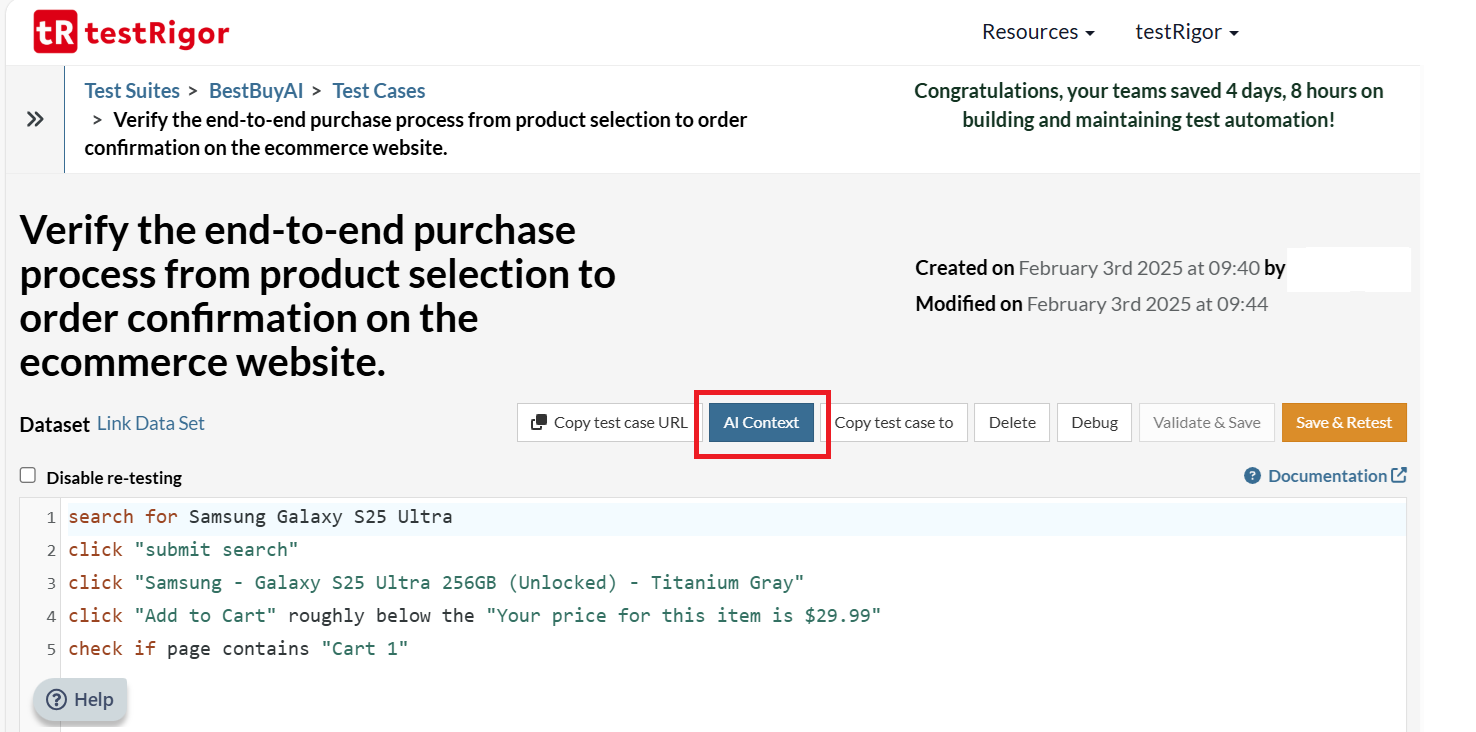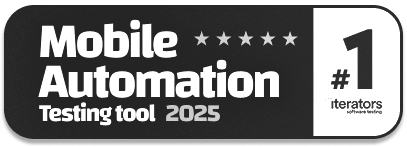AI Context Explained: Why Context Matters in Artificial Intelligence
|
|
“The key to artificial intelligence has always been the representation” — Jeff Hawkins.
When we talk about AI these days, it’s often about how much smarter it’s getting, writing essays, recognizing faces, chatting like a human, and even driving cars. But there’s something deeper that most of the time is ignored: AI context. You know, what it tells us when someone says, “It’s cold,” they’re probably suggesting that we close the window rather than just commenting on the weather.
For all its cool tricks, AI still struggles with this basic human skill. It can handle lots of data, but understanding why something is, what preceded or followed it, or what someone really intends is tricky. And that is where context awareness matters.
What is Context in AI?
Context, in its simplest sense, simply describes all the background information relevant to a given data point or event. This includes who, what, where, when, and why factors that add depth and meaning to otherwise unclear inputs. In AI, context might include:
- The user’s history of interactions
- Time of day or location
- The emotional tone of a sentence
- Visual surroundings in an image
- Previous steps in a robot’s decision-making process
For instance, when a user types into a chatbot, “I’m not happy,” the bot has to determine if that indicates the product is broken, the user had a bad day, or something else entirely. Without understanding why the statement was made and what was said earlier, any response may fall flat.
A Brief History of AI Context
Let’s understand how the context in AI has evolved.
- The Rule-Based Era: Early AI operated on fixed logic: if X, then Y. These systems didn’t actually “understand” anything. They were not able to adapt or adjust to changing situations.
- The Machine Learning Shift: With supervised and unsupervised learning, for instance, AI started to recognize patterns in data. Nevertheless, conventional models such as decision trees and SVMs (Support Vector Machines) still lacked memory or temporal awareness.
- Deep Learning and Sequence Models: The introduction of RNNs (Recurrent Neural Networks), LSTMs (Long Short-Term Memory), and, eventually, transformers allowed AI to “remember” and use data it had encountered earlier, stepping into the contextual computing era.
- Attention and Transformer Models: Transformers introduced a new paradigm for context processing. Neural architectures such as BERT, GPT, or T5 could handle complete sequences and thus weigh the relationships between every word, enabling sophisticated contextualization.
Types and Examples of Context in Artificial Intelligence
There are several key types of AI context, each contributing to deeper understanding and smarter interaction.
Linguistic Context
This is about the meta language around the language. Words are rarely meaningful in a vacuum; they take on meaning from the words, sentences, and conversations around them.
Example:
The sentence “That’s just great” can express:
- Genuine happiness (“You got promoted? That’s just great!”)
- Sarcasm (“You spilled coffee on my laptop? That’s just great.”)
AI systems like chatbots or virtual assistants must understand previous sentences, tone indicators, or context to make the right inferences from similar situations. Context is essential; without context, sarcasm, wit, humor, or irony may confuse and totally derail comprehension.
Situational Context
This is related to the context of the user, i.e. their physical environment, user current activity or device state.
Example:
The command “play music” can mean:
- Gentle wake-up music at 7 a.m. in the kitchen.
- Party playlist at 10 p.m. in the living room.
- Workout mix if the user is running on a treadmill.
Contextually aware AI (smart speakers, wearables, and autonomous cars, for instance) need to decode intent from the environment. That context-awareness creates intuitive rather than frustrating interactions.
Temporal Context
This involves understanding time and how it applies to user intent and expectations.
Example:
The question “What’s on tonight?” could mean:
- TV shows airing this evening.
- Events or parties scheduled.
- A reminder about a calendar meeting.
Time changes meaning. A calendar assistant has to know the difference between “today”, “tonight”, or “next week”. In the absence of temporal awareness, the AI responses could be unrelated or irrelevant.
Cultural and Social Context
Culture and social norms have a strong influence on language and behavior. The same phrase or gesture can mean different things in different communities.
Example:
- “Break a leg” = encouragement in theater.
- In healthcare, it would sound alarming.
- A thumbs-up is positive in most Western cultures but offensive in some countries.
AI systems that can be used across the world (for example, translation tools or customer service bots) need to be attentive to cultural differences. A culturally inconsiderate answer can cause embarrassment, offense, or a communication breakdown.
Emotional and Personal Context
This layer deals with user-specific signals such as emotions, preferences, past behavior, and psychological states.
Example: If a user sends a sad message and the AI responds by suggesting upbeat music, it shows empathetic context-awareness.
Personalization is not just about recommending products; it’s about building a relationship with the person. AI emotional intelligence can:
- Enhance mental health support.
- Build trust and loyalty in AI interactions.
- Help systems respond more naturally and sensitively.
Evolution of AI Context in Software Testing
Traditional automation tools relied heavily on DOM elements or XPath locators, which made tests flaky, breaking with small changes in UI, and needing a lot of maintenance. The next generation delivered record-and-playback tools, which added elementary automation with very little logic and flexibility but still weren’t flexible enough for more complex, evolving applications. Today, automation tools powered by AI have disrupted the space by focusing on what tests are supposed to achieve rather than implementing them. These tools use natural language processing (NLP) to understand test steps in a similar manner as humans, automatically adjust to UI modifications, and learn from previous test runs. This evolution enhanced automation to be not only faster but smarter and more resilient.
AI Context vs Traditional Automation Approaches
AI context brings in self-healing, dynamic interpretation, and goal-oriented execution, which traditional tools cannot match.
| Feature | Traditional Automation | AI Context-Based Automation |
|---|---|---|
| Locator Dependency | High | Low |
| Adaptability to UI Changes | Low | High |
| Test Script Readability | Low | High (NLP-based) |
| Human-like Understanding | No | Yes |
| Maintenance Overhead | High | Low |
| Test Coverage | Limited | Broader and smarter |
Benefits of AI Context in Software Testing
Let’s look into the benefits offered by AI context in software testing.
- Drastically Reduces Test Maintenance: AI context can easily comprehend the purpose and structure of elements in similar ways, thereby making tests adaptive to changes in the UI and reducing the need for manual updates after every deployment.
- Enhances Test Coverage Through Smart Suggestions: Context-aware AI analyzes workflows, user behavior, and app changes to suggest missing or high-risk test cases, creating broader and smarter test coverage.
- Speeds Up Test Creation: AI-based tools allow users to write tests in natural language or employ visual flows, significantly reducing test script creation time even for non-technical users.
- Improves Test Reliability: By providing contextual understanding, AI can offer stability for any minor UI or data change, leading to tests that are less likely to create false positives and deliver reliable outcomes.
- Supports Non-Technical Users Through NLP and Visual Modeling: Natural language support and visual modeling allow business users and manual testers to create or edit tests without writing code.
- Provides Insight-Driven Decision-Making: AI context breaks down the test data and reveals patterns and trends so that QA teams can identify what tests need to be prioritized and make decisions based on authentic/all-time data.
Applications of AI Context in Software Testing
Artificial intelligence is changing how we think about software testing, making it intelligent, more robust, and a whole lot easier to maintain. Although traditional automation is based on hard-coded rules and brittle selectors, the AI-powered tools of today bring context to bear, knowing what a test is attempting to achieve, not merely how it is phrased.
One of AI’s most essential contributions to transforming software testing is context awareness. AI tools no longer take things at face value and follow every instruction; they instead identify the meaning behind each step and adjust accordingly, making smart choices. Let’s understand more about these.
Intelligent Element Identification
AI-based tools can not only identify UI elements by their static properties like ID or XPath but also understand their semantic role and visual location. This makes the automation resilient to changes in HTML structure or class names.
click "cart icon" using AI
grab value by description "10-digit phone number" from "Contact form" using AI and save it as "phoneNumber"
Here is how testRigor manages the AI Context.

Natural Language Test Cases
enter "kindle" into "search bar" using AI
To know more about testRigor NLP-based scripting, read Natural Language Processing for Software Testing.
Self-Healing Tests
AI-powered automation tools will track UI changes over the course of many test runs, learning to adjust on their own. When an element’s selector or position changes, the tool falls back to historical data and layout heuristics to locate the new position. That saves you from having to go and fix broken tests in case you change your UI a little bit. testRigor provides an AI-based self-healing. To know more about that, read AI-Based Self-Healing for Test Automation
Intent-Based Assertions
check that page "contains a positive message" using ai
fill out all empty fields using ai
Visual Understanding
check page for UI errors check page for UI errors reporting major errors or higher check page for UI errors treating errors as major or lower
Read more about Vision AI: Vision AI and how testRigor uses it
To know how to do Visual testing using testRigor, please read the guide: How to do visual testing using testRigor?
User Flow Prediction and Coverage Optimization
Based on the analytics data, user sessions, and test history, AI identifies the paths users follow most frequently and prioritizes them. Its recommendations include improvements in test coverage or consolidation of redundant cases. This allows testing efforts to focus on what is actually used.
Contextual Bug Reporting
When a test fails, AI collects all kinds of diagnostic data like the DOM that was currently rendered, network logs, screenshots, and even previous patterns of the tests. This context helps developers quickly identify the root cause and reduce guesswork, which can save time.
Multi-Platform Adaptability
AI understands the intent behind test steps and adapts them for different device viewports. A test written for a web browser can automatically adjust to a mobile layout, interpreting touch interactions and layout differences intelligently.
Conclusion
AI context is not just a buzzword; it’s a practical, powerful advancement in how we test software. It introduces human-like understanding, adaptability, and resilience to automation, allowing QA teams to significantly reduce maintenance, improve accuracy, and accelerate delivery. By interpreting the intent behind test steps and dynamically adapting to changes, context-aware testing enables smarter decision-making and more reliable results.
Tools like testRigor have already integrated AI context into their core, allowing users to write tests in plain English while the system understands element purpose, screen structure, and user workflows. Whether you’re adopting such intelligent platforms or building custom AI testing pipelines, embracing contextual intelligence is the next evolution. As we transition into an AI-first software era, mastering AI context will become a key differentiator for high-performing QA teams.
| Achieve More Than 90% Test Automation | |
| Step by Step Walkthroughs and Help | |
| 14 Day Free Trial, Cancel Anytime |












